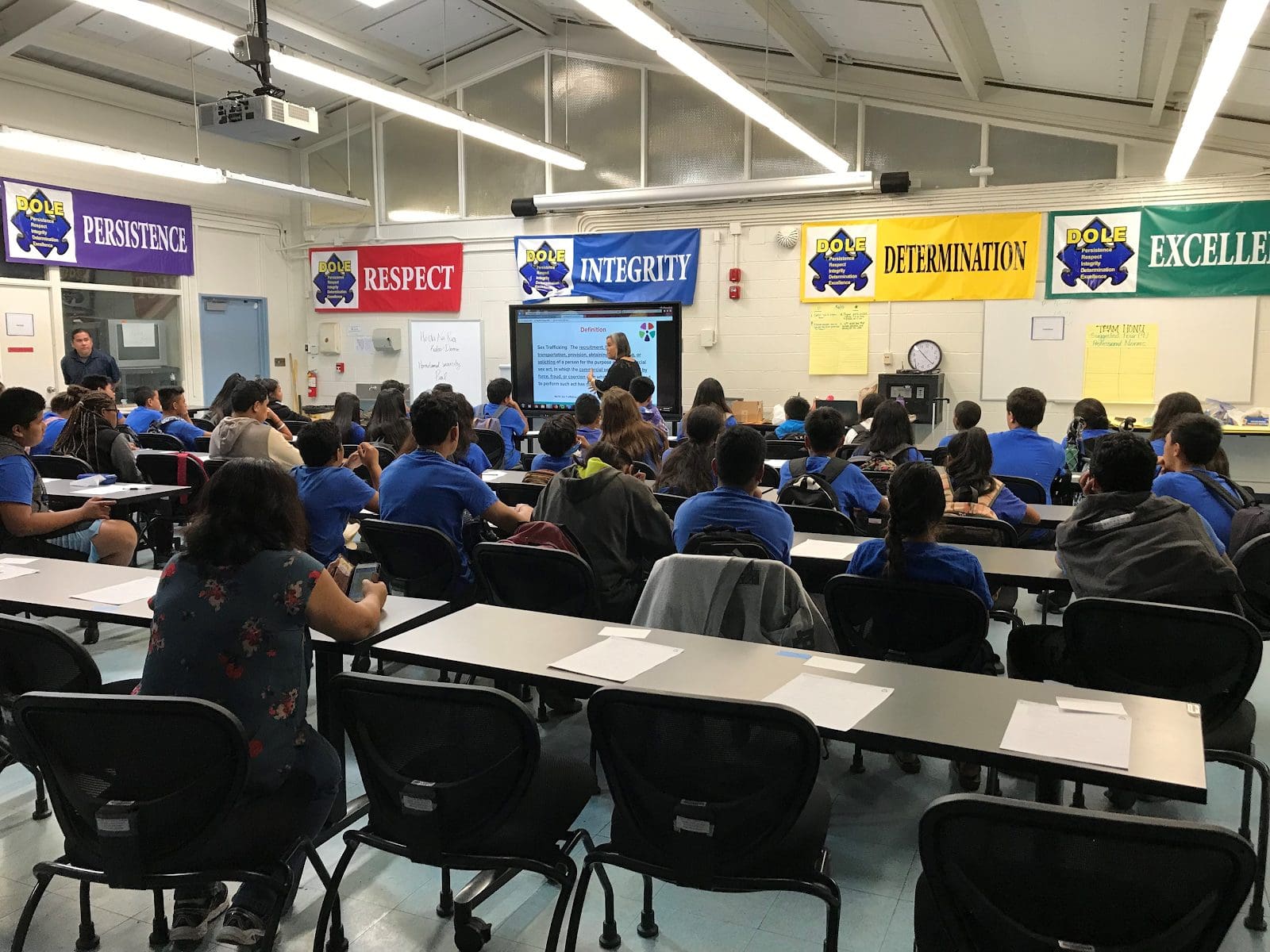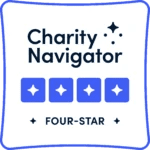Sex Trafficking Education
We conduct multi-sector, community, active engagement, educational training to increase awareness of sex trafficking. Our objective is to provide safeguards for vulnerable persons and foster an interactive, multi-disciplinary, anti-trafficking community through outreach to neighborhoods, prevention program in schools, first-responders, service providers, lawmakers, faith based communities, and the population at large.
Age is the primary factor of vulnerability being used against the victims and the signs of being targeted are not immediately recognizable to an unsuspecting teen. Through education, we can teach our children to recognize the signs before they are caught up in a very dangerous cycle that is difficult to escape.
Education and Awareness are Key in the Prevention of Child Sex Trafficking
Individuals Reached Through Awareness Events and Education
Formalizing the Prevention Education Program.
- What is CSEC
- Vulnerabilities, Risk Factors, and Warning Signs (Red Flags)
- Protecting Yourself on Social Media
- The link from Pornography to Sex Trafficking
- Why it Happens in Hawai`i
- Resources and How to Get Help
Recruiting a Teen Review Board


How Education & Awareness Prevent Child Sex Trafficking
Volunteer Education Advocates Training
 Volunteer Education Advocates O`ahu June 2017
Volunteer Education Advocates O`ahu June 2017
Community Awareness Events
 Human Trafficking Awareness Walk & Fair Jan 2017
Human Trafficking Awareness Walk & Fair Jan 2017Interns at HNP
- UH West O`ahu
- Corban University
- Biola University
- Kamehameha Schools Kapili `Oihana Internship Program
- Chapman University
- University of North Georgia
- UH Manoa
- Kamehameha Schools Kapalama
Teacher Feedback:
Volunteer Feedback:
Be part of the solution! It’s with the dedication of our supporters that we are able to advance education, awareness, and action to provide restoration for children rescued from sexual exploitation. Whether you want to volunteer your time, voice, or resources, we’ve made it easy find a way to get involved with Hoʻōla Nā Pua.
You can help victims of sex trafficking. Donations to Hoʻōla Nā Pua support Health, Education, Advocacy and Reintegration, which includes our Starfish mentorship program and sustains ongoing operating and Pearl Haven site development costs. Our Federal ID number (EIN) is 46-5139164. Your gift may be 100% deductible from your taxable income.



